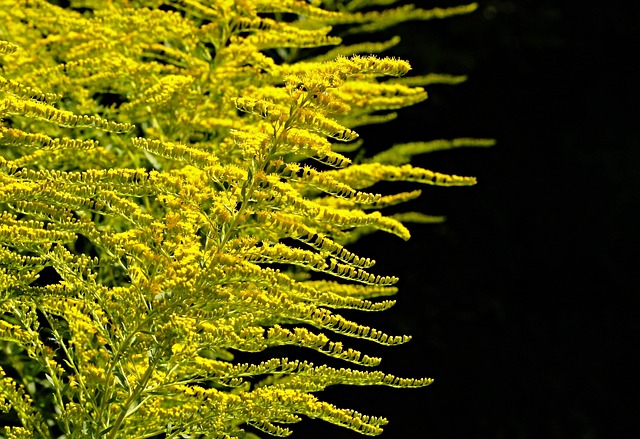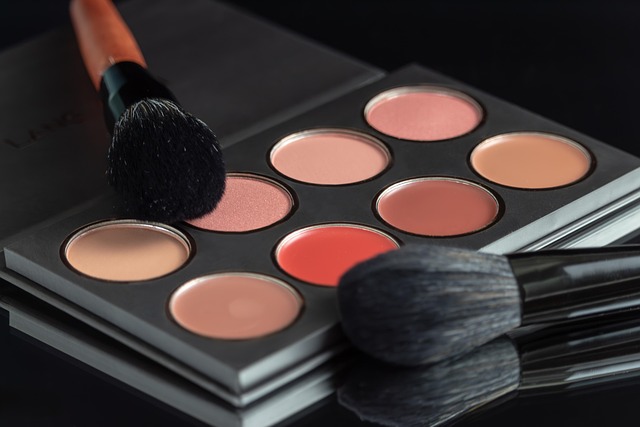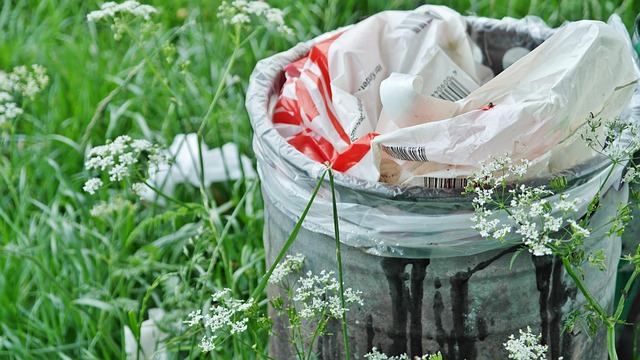Creating a Buzz with Eco-Friendly Bee-Approved Plants
In the heart of our bustling cities and serene countrysides, there exists a silent crisis that many of us may overlook: the decline of our beloved bee populations. These tiny pollinators are vital to our food supply and the health of our ecosystems. As gardeners and nature lovers, we have the power to create havens that not only beautify our surroundings but also support these essential creatures. Embracing bee-friendly plants in our gardens is a wonderful way to nurture both nature and ourselves.
The Importance of Bees in Our Ecosystem
Bees play a crucial role in pollination, which is necessary for the reproduction of many plants, including fruits, vegetables, and nuts. Without them, the landscape of our food could change drastically. By cultivating gardens filled with flowers that attract our buzzing friends, we can help sustain bee populations and, in doing so, contribute to a healthier environment.
Choosing the Right Bee-Friendly Plants
When selecting bee-friendly plants, consider native species that are well-adapted to your region. These plants not only provide the best habitat for local bees but also require less water and minimal maintenance, making them an eco-friendly choice for gardeners. Some excellent options include:
- Lavender – This fragrant herb attracts bees with its vibrant blooms and sweet scent.
- Echinacea (Coneflower) – Known for its resilience, this flower provides nectar for a variety of pollinators.
- Columbine – With its unique shapes and colors, columbine is a bee magnet in spring.
- Bee Balm – As the name suggests, these plants are fantastic for attracting bees with their striking clusters of blooms.
- Sunflowers – Tall and cheerful, sunflowers provide nectar and pollen all summer long.
Creating an Eco-Friendly Garden Space
Integrating bee-friendly plants into your garden can transform your outdoor space into an eco-friendly haven. Start by creating a diverse planting scheme that offers blooms at various times throughout the growing season. This ensures that there is a consistent source of food for bees from early spring to late fall.
Additionally, avoid using pesticides and herbicides, as these chemicals can be harmful to bees and other beneficial insects. Instead, opt for organic gardening practices that focus on enriching the soil and promoting biodiversity.
Designing Your Buzzing Paradise
Visualize your garden as a dynamic ecosystem. Incorporate various plant heights and types to create layers that attract different species of bees. Group plants in clusters rather than scattering them about, which encourages foraging efficiency. You can also add features like shallow water sources, native grasses, and even bee hotels to foster a welcoming environment.
As you engage in your gardening journey, consider the profound connection we share with nature. Each flower you plant, every eco-conscious decision you make, contributes to a sustainable future not just for bees but for the planet as a whole. By fostering a bee-friendly garden, you are proactively participating in the preservation of our natural world, ensuring that future generations can also enjoy the vibrant ecosystems we cherish today.
So, roll up your sleeves, connect with the earth, and let your garden become a lively sanctuary where bees can thrive. Your efforts will not only reward you with beauty and harvest but will also nurture the very essence of nature that supports all life on our planet.




